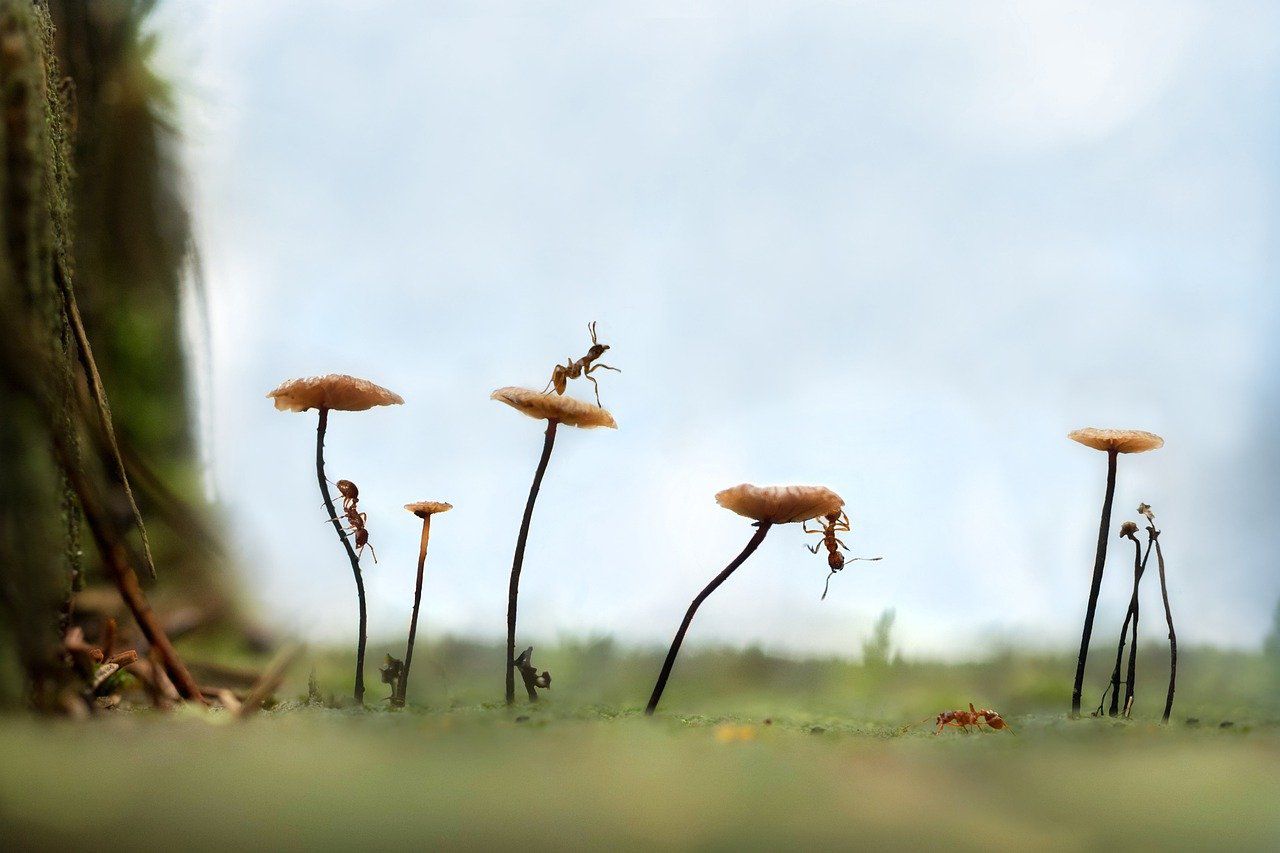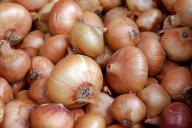Ants are generally nice insects - they are pretty intelligent, they are mostly harmless, and they can sometimes even benefit your garden by hunting other pests.
At the same time, they can also damage your garden and plants.
Here are a few examples of why they can be bad.

Nesting Activities
Ants build their nests in soil, and their excavation can disrupt the roots of plants.
Large ant colonies may create extensive tunnels and chambers, which can weaken the soil structure and affect the stability of plants.
Feeding on Seeds and Seedlings
Certain ant species, like seed-harvesting ants, are known to consume seeds and seedlings.
They may target freshly planted seeds or young plants, hindering their growth and establishment.
Damage to Fruits and Flowers
Certain ant species are attracted to sweet, ripe fruits or flowers.
They may feed on the sugary substances present in fruits or nectar from flowers, causing damage and making the fruits unappealing or rot prematurely.
Disrupting Pollination
Ants can inadvertently disrupt pollination by interfering with the activity of pollinators like bees and butterflies.
They may compete with these pollinators for floral resources or deter them from visiting flowers, affecting the reproductive success of plants.
Soil Displacement
Ants create small mounds of soil or dirt near their nests.
While these mounds may not cause significant harm to plants directly, they can be unsightly and interfere with gardening activities.












